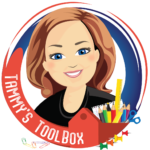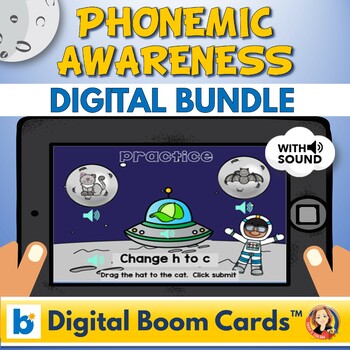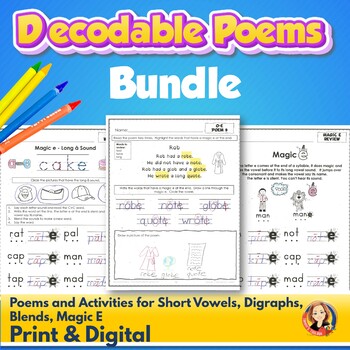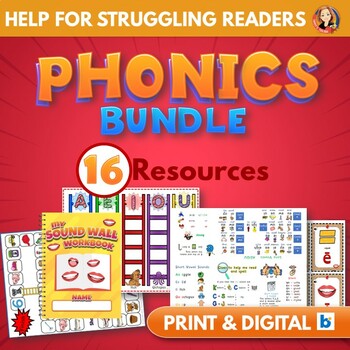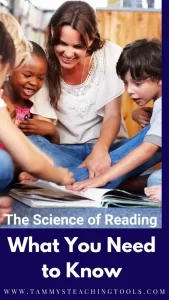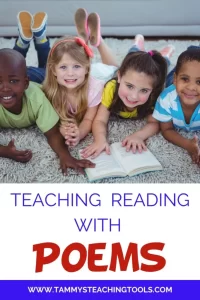The Science of Reading: Demystifying How Kids Learn to Read!
Imagine your child confidently reading their favorite book, the words flowing effortlessly from their lips. This dream can become a reality with the science of reading, a research-backed approach that sheds light on how young minds decode and comprehend written language.
For parents and teachers of K-3 students, navigating the world of literacy instruction can feel overwhelming. But fear not! This blog empowers you with essential knowledge and engaging activities rooted in science, to guide your child on a magical reading adventure.
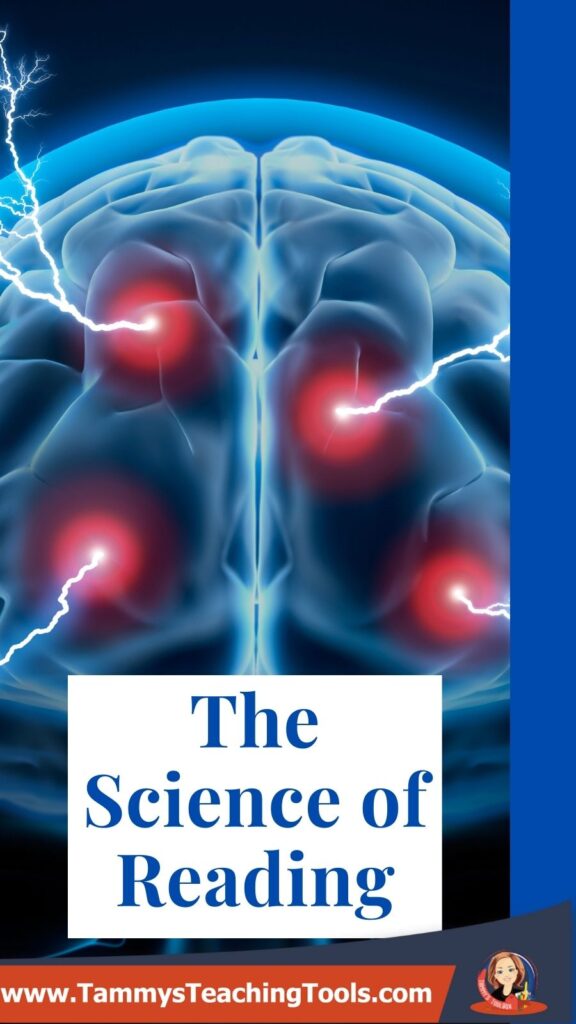
What is The Science of Reading?
Imagine reading as an orchestra: each instrument needs practice and understanding to contribute beautifully. The science of reading draws on research from many fields, like psychology and neuroscience, to understand how the brain “plays” the instruments of reading: phonemic awareness, phonics, fluency, vocabulary, and comprehension. By understanding these key components, we can support young learners in becoming confident and skilled readers.
Think of the word “cat.” We hear it as one sound, but it’s made up of three smaller sounds (/k/, /a/, /t/). Phonemic awareness is recognizing these sounds (instruments) in spoken words. Phonics teaches how these sounds connect to letters (the sheet music), allowing children to decode new words. With practice, reading becomes fluent (smooth and automatic), freeing up mental space for comprehension (understanding the meaning). Vocabulary expands this understanding, providing richer connections to the text.
Little Lily loves hearing stories but struggles to sound out words herself. Using the science of reading, her teacher starts with phonemic awareness games, clapping for each sound in “dog.” Then, they move to phonics, blending letter sounds to make words like “cat” and “sat.” Lily practices reading simple texts with repeated exposure, building fluency. As she decodes more easily, her comprehension improves, and she asks insightful questions. Over time, her vocabulary grows, enriching her reading experience.
Helping Young Readers:
- Focus on sounds: Play rhyming games, identify sounds in objects (“b” in “ball”), and segment sounds in words (“m-a-p”).
- Explicit phonics: Use structured programs that teach letter-sound relationships directly.
- Engaging decodable texts: Choose books with predictable patterns and controlled vocabulary, allowing children to apply decoding skills.
- Repeated reading: Reread familiar texts to build fluency and confidence.
- Rich discussions: Talk about the story, ask questions, and connect reading to their experiences.
- Make it fun! Sing songs, play alphabet games, and create stories together.
Now, let’s translate theory into practice with fun and effective activities:
Phonemic Awareness:
- Sing silly songs: Play with rhyming words and clap syllables in familiar tunes.
- Play sound scavenger hunts: Hide objects whose names start with specific sounds and have children identify them.
- Make word chains: Start with a word and take turns adding a new word that begins with the ending sound of the previous one.
Phonics:
- Build letter sounds with playdough: Mold playdough shapes representing letters and practice blending their sounds.
- Engage in sound hunts: Have children find and highlight specific letter sounds within written words.
- Play phonics games: Board games, card games, and apps can reinforce sound-symbol relationships in a fun way.
Fluency:
- Practice “popcorn reading”: Take turns reading aloud, popping in and out at random points, encouraging smooth transitions.
- Record and listen: Have children record themselves reading and listen back to identify areas for improvement.
- Read silly tongue twisters: These challenging phrases build oral motor skills and improve reading pace.
Vocabulary:
- Turn mealtimes into word games: Ask children to describe their food using new vocabulary words.
- Play “describe and guess”: One person describes an object using synonyms and clues, while others guess the word.
- Create vocabulary journals: Encourage children to collect and document new words they encounter, along with definitions and examples.
Comprehension:
- Ask open-ended questions: Go beyond “yes” or “no” questions to encourage critical thinking and deeper understanding.
- Act out stories: Engage in dramatic play to reenact key scenes and solidify understanding.
- Predict and infer: Before and during reading, have children predict what might happen next and make inferences based on clues.
 Remember:
Remember:
- Make it fun and engaging: Children learn best when they are actively involved and having fun.
- Start small and build gradually: Introduce new skills at an appropriate pace and provide ample practice.
- Celebrate progress: Recognize and praise your child’s efforts, no matter how small.
- Seek professional guidance: If you have concerns about your child’s reading development, consult a reading specialist or educator.
Additional Resources:
Reading Rockets: https://www.readingrockets.org/
International Dyslexia Association: https://dyslexiaida.org/
Here are some great phonemic awareness games and activities that will bring fun into reading.
Remember, learning to read is a journey, not a race. By understanding the science of reading and using these simple strategies, you can empower young learners to become lifelong readers!
Happy Reading,

Before you go, check out these posts

